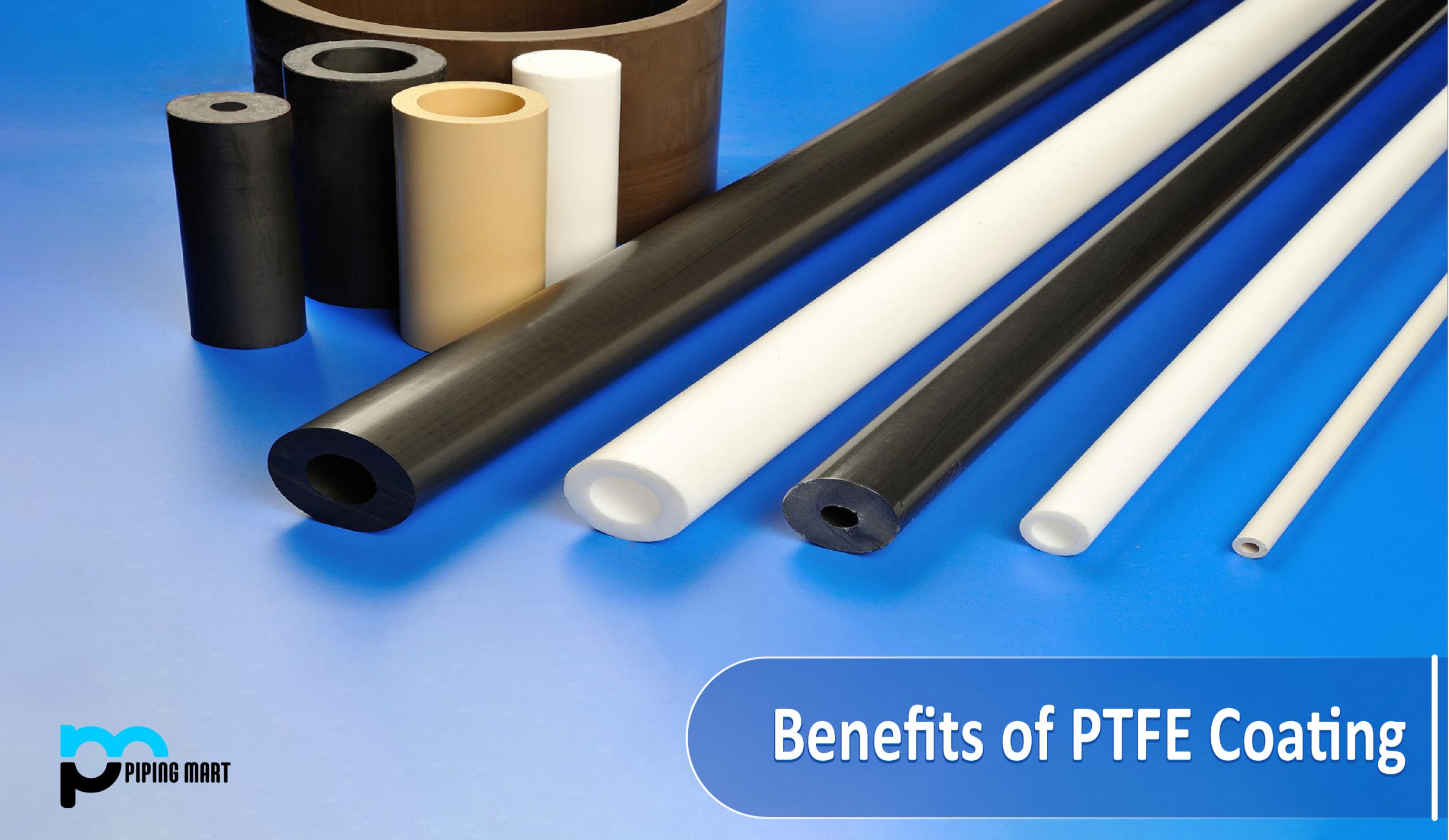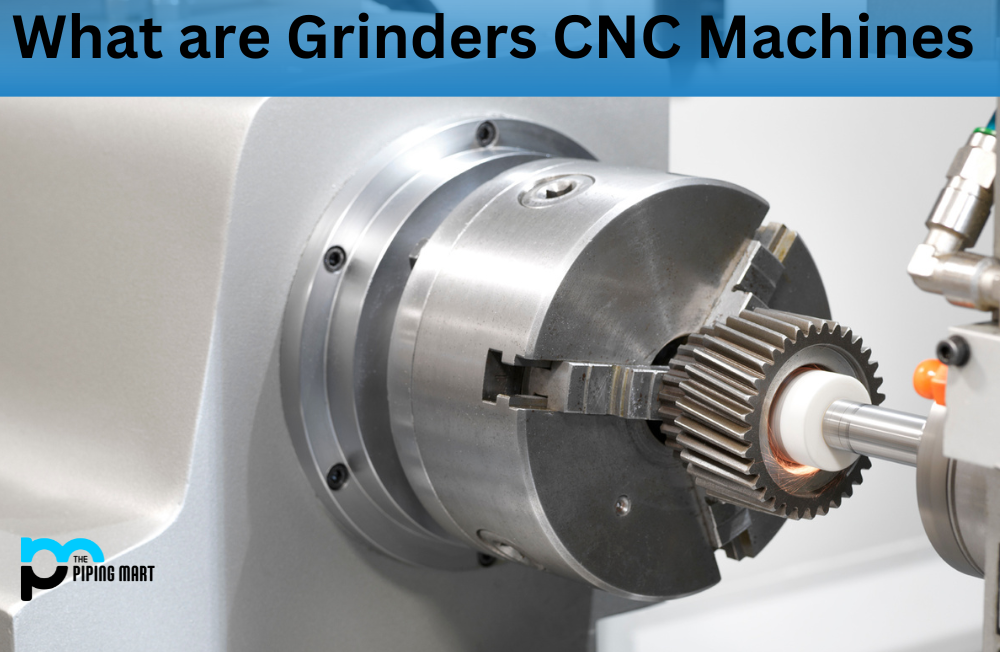The control valve is an automated valve that can make exact modifications to track and control any commodity flowing via a piping system. A control valve’s function is to give throttling control in response to control system signals via an actuator and a positioner. They are regarded as the “ultimate control element” in an automated and often sophisticated “control loop.”
A control valve takes input from multiple sensors and transmitters in a control loop and processes it to manage fluid parameter control.
Actuators of Control Valve
A control valve actuator is a device that gives power to the control valve mechanisms. Actuators move the plug, ball, or vane in a control valve loop in response to a signal from the control system, allowing or disallowing full or partial flow. A control valve has three types of actuators. They’re
- Pneumatic Actuators:
Pneumatic actuators are the most basic and extensively used control valve actuators, which use an external air or gas signal to produce a modulating control action. The pneumatic signal is sent from the top port to the actuator, which applies pressure to the diaphragm plate to move the valve stem. Pneumatic actuators give a fail-safe response when driver power is lost.
- Electric Actuators:
Control valve electric actuators are motor-driven devices. When an electrical signal is received, a motor spins. This rotational motion is converted into a linear motion by a gear reduction drive, which drives the control valve stem for flow modulation. They are used in isolation services for on-off applications as well as continuous positioning control.
- Hydraulic Actuators:
Control Valve Hydraulic actuators use hydraulic oil as the signal fluid. Hydraulic actuators are utilized when the force needed to move the valve stem is sufficient. They have a stable position due to the non-compressibility of the liquid.
Characteristics of different valves to serve as Control Valve
Control Valves play an important part in the ongoing effort to maximize process plant profitability and conserve energy. Proper valve selection can have a big financial impact on the entire cost of a project as well as how well the process can be regulated. To narrow the options, the engineer must understand how the general characteristics of each type of valve relate to the design specifications.
Control Valve Features
The flow characteristics of each control valve describe the relationship between the flow rate and the control valve travel. When a valve opens, the flow characteristics included in the design of the chosen valve enable a specific quantity of flow through the valve at a specific percentage of the stroke. This allows for predictable flow regulation through the control valve. The three most common types of flow characteristics for control valves are:
- Linear
- Equal percentage
- Quick opening

Pipingmart is B2B portal specializes in industrial, metal and piping products. Also, share latest information and news related to products, materials and different types grades to help business dealing in this industry.




